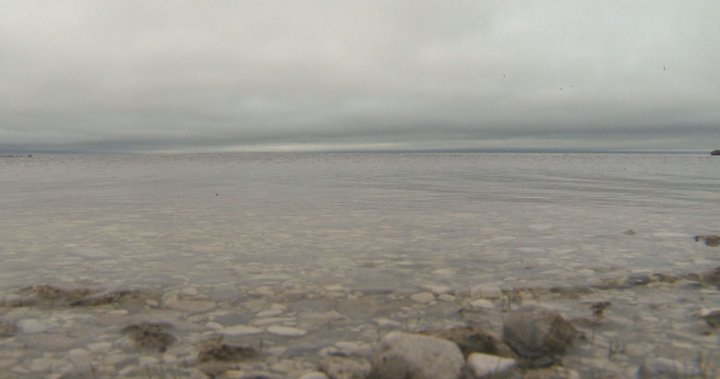The long-anticipated Lake Manitoba and Lake St. Martin outlet channels project has entered a critical new phase as provincial officials unveil collaborative plans to address Indigenous treaty rights concerns—potentially breaking a decades-long cycle of devastating floods and displacement in the region.
In what many observers are calling a significant shift in approach, Manitoba’s provincial government recently revealed it has initiated in-depth consultations with several First Nations communities whose traditional territories and livelihoods have been repeatedly impacted by flooding events. These discussions center around the $600 million flood mitigation infrastructure that aims to prevent the catastrophic flooding that has historically devastated communities around Lake Manitoba and Lake St. Martin.
“This represents the first meaningful acknowledgment that flood management infrastructure must account for treaty rights and Indigenous knowledge systems,” said Elder Raymond Flett from Lake St. Martin First Nation. “Our people have lived with the consequences of previous flood control decisions for generations.”
The controversial project has faced numerous delays since its initial conception following the devastating 2011 floods that forced thousands from their homes, including entire Indigenous communities that remained displaced for years afterward. Many First Nations leaders have consistently maintained that previous flood management approaches failed to honor treaty obligations while disproportionately protecting non-Indigenous communities and agricultural interests.
According to CO24 News, provincial officials have now committed to incorporating traditional ecological knowledge into the channel design—a departure from historical approaches that relied exclusively on Western engineering methods. This integration includes considerations for fish spawning routes, protection of medicinal plant harvesting areas, and seasonal water level management that aligns with traditional hunting and gathering practices.
Manitoba Infrastructure Minister Lisa Naylor emphasized that the new design considerations go beyond mere consultation. “We recognize that true reconciliation means meaningful co-development of solutions,” Naylor stated during a press conference in Winnipeg. “The channels must not only prevent flooding but must respect and uphold treaty rights and traditional relationships with the land and water.”
The economic implications of the project extend beyond flood protection. CO24 Business analysis indicates the revamped project could generate significant employment opportunities for Indigenous communities during both construction and operational phases. Previous iterations of the project had been criticized for failing to provide proportional economic benefits to the First Nations most affected by flooding.
Chief Cornell McLean of Lake Manitoba First Nation expressed cautious optimism about the developments. “We’ve heard promises before, but the level of detail in these discussions feels different,” McLean noted. “Our treaty rights to maintain our way of life and economic sustainability depend on healthy waterways and predictable seasonal patterns—something historic flood management has disrupted.”
The project represents a test case for how Canada approaches infrastructure development in the context of reconciliation and treaty obligations. Legal experts have noted that recent Supreme Court decisions have strengthened the requirement for meaningful accommodation of Indigenous rights in major infrastructure projects, not merely superficial consultation.
Environmental assessments previously identified potential concerns regarding fish habitat and water quality impacts—issues particularly relevant to First Nations who rely on these ecosystems for food security and cultural practices. The revised design reportedly includes specific mitigation measures for these concerns, including fish passages and water quality monitoring systems that will be co-managed by affected First Nations.
As climate change threatens to increase the frequency and severity of flooding events across the prairie provinces, the stakes for getting this project right couldn’t be higher. The channels represent not only a technical solution to flooding but potentially a new model for how governments can honor treaty obligations while addressing pressing infrastructure needs.
As Manitoba moves forward with this critical infrastructure, the fundamental question remains: can modern flood mitigation finally be achieved without repeating the historic pattern of prioritizing some communities’ security at the expense of Indigenous rights and livelihoods?










